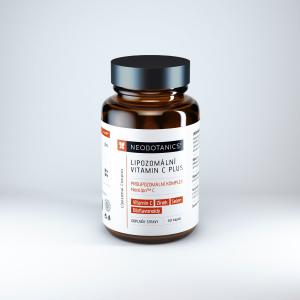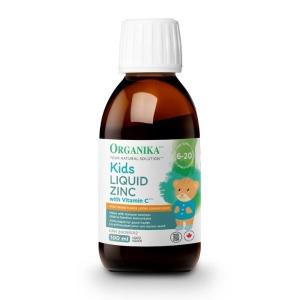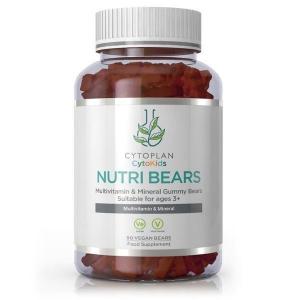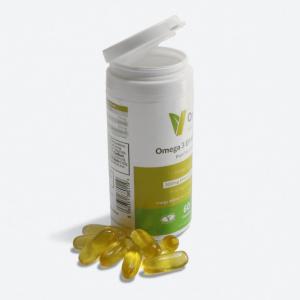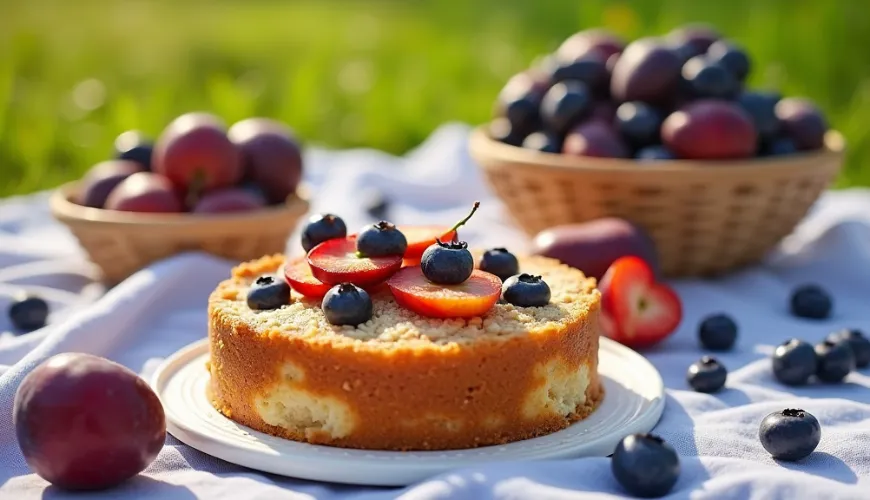
How Lemon Curd Revitalizes Every Dessert and Gives It a New Dimension

Lemon Curd – A Lemon Cream that Brightens Any Dessert
There aren't many things in the world that can combine freshness, sweetness, and smoothness into a single spoonful as perfectly as lemon cream, also known by its English name, lemon curd. This traditional delicacy hails from Great Britain, where it has been enjoyed for generations, spread on toast, layered in cakes, or simply savored on its own, spooned straight from the jar. But it's also finding its place in Czech kitchens – and it's no wonder. Once you taste homemade lemon curd, it’s hard to settle for a store-bought substitute.
Although the name "curd" might evoke something like cheese curd, it is a smooth and brightly yellow cream made from lemon juice, sugar, eggs, and butter. The combination of these few ingredients creates something that is a cross between a spread, a dessert cream, and an exotic sauce. What makes lemon curd so unique? Its smooth texture, full and refreshing taste, and incredible versatility in the kitchen.
The Magic of a Simple Recipe
Making lemon curd at home is no mystery. Even though its silky consistency and balanced lemon flavor might seem like the result of precise pastry alchemy, anyone can make lemon curd – even without prior experience.
For lemon curd in its simplest and best form, you only need four things: 4 egg yolks, 150 grams of sugar, the juice of two to three lemons (roughly 100 ml), and 80 grams of butter cut into pieces. Nothing complicated, but the result? A perfect tangy delight!
The method is simple: In a stainless steel bowl or a double boiler, mix the egg yolks, sugar, and lemon juice. The mixture is slowly heated while stirring constantly until it thickens (about 10 minutes). Then it's removed from the heat, and butter is added while stirring continuously until it completely melts, resulting in a smooth cream. The finished lemon curd is poured into clean jars, sealed, and stored in the fridge.
Many people at this point ask: why make lemon curd at home when it's available in stores? The answer is simple – homemade tastes incomparably better. It has a more intense flavor, a creamier texture, and you know exactly what's in it. No artificial aromas, colorings, or preservatives.
More Than Just a Spread: How to Use Lemon Curd in the Kitchen
You might be wondering what all can be done with lemon cream. The answer is – surprisingly a lot. Lemon curd can brighten even the most ordinary dessert. It works as a great filling for cakes, tartlets, pancakes, or macarons. It pairs wonderfully with cottage cheese, mascarpone, or whipped cream – creating a light cream, perfect for parfaits or as a filling for roulades.
Try a simple fruit tartlet: bake an almond crust, fill it with chilled lemon curd, and decorate with fresh fruit. The result? A dessert that looks like it's from a French patisserie and tastes even better.
In English tradition, lemon curd is often served with scones and clotted cream during the traditional afternoon tea – a beautiful example of how this delicacy has become part of everyday life. In the Czech Republic, people have grown fond of it as a filling for bundt cakes or a layer in cheesecake.
One mother from Central Bohemia became so fond of lemon curd that it became an integral part of her children's birthday cakes. "I used to avoid lemon things; they seemed too sour. But lemon curd is completely different. It's sweet, creamy, refreshing – the kids love it," she says.
A Jar Full of Sunshine
Lemons are known for their high dose of vitamin C, antioxidants, and beneficial effects on the immune system. Although some vitamin C is lost when cooking lemon curd, it remains an interesting alternative to regular sweets. Moreover, its intense flavor often means that a smaller amount is enough to satisfy a sweet tooth – which can be significant for those watching their sugar intake.
Try our natural products
From an environmental perspective, lemon curd can be classified among products that fit well into the philosophy of sustainable and healthy living – especially when made at home from organic lemons and quality butter. Many households are getting into the habit of making their own spreads and creams precisely to reduce the amount of plastic packaging and canned ready-made products.
Furthermore, lemon curd makes a great gift – homemade, in a jar with a label and ribbon, it delights more than any store-bought chocolate. And because it lasts up to two weeks in the fridge, you can prepare it in advance and have it on hand whenever you crave something special.
Tips and Tricks for Perfect Lemon Curd
To make the lemon cream truly perfect, it's good to follow a few simple rules:
- Use freshly squeezed lemon juice, not the concentrate. The taste of fresh lemons is incomparably gentler and more natural.
- When cooking, be careful not to let the cream boil – otherwise, the eggs might curdle. Keep stirring and cook on low heat.
- If you want extra smooth lemon curd, you can strain it through a fine sieve after cooking to remove any egg white bits or lumps.
- For a more interesting flavor, you can add a teaspoon of lemon zest – it adds a more intense aroma without significant sourness.
Some creative cooks even experiment with other citrus fruits: orange "orange curd" or lime cream (lime curd) are less tart alternatives that are suitable, for example, for Christmas desserts or tropical cakes.
When all is said and done, lemon curd is more than just a cream. It is a little ritual, a piece of homemade care for taste and soul, that anyone can indulge in. Whether you mix it into yogurt, spread it on pancakes, or use it as a secret ingredient in cakes, it always adds a touch of something special to your food.
"Food should be a joy, not a duty," says renowned British chef Mary Berry. And lemon curd is exactly that kind of joy worth having on hand.
